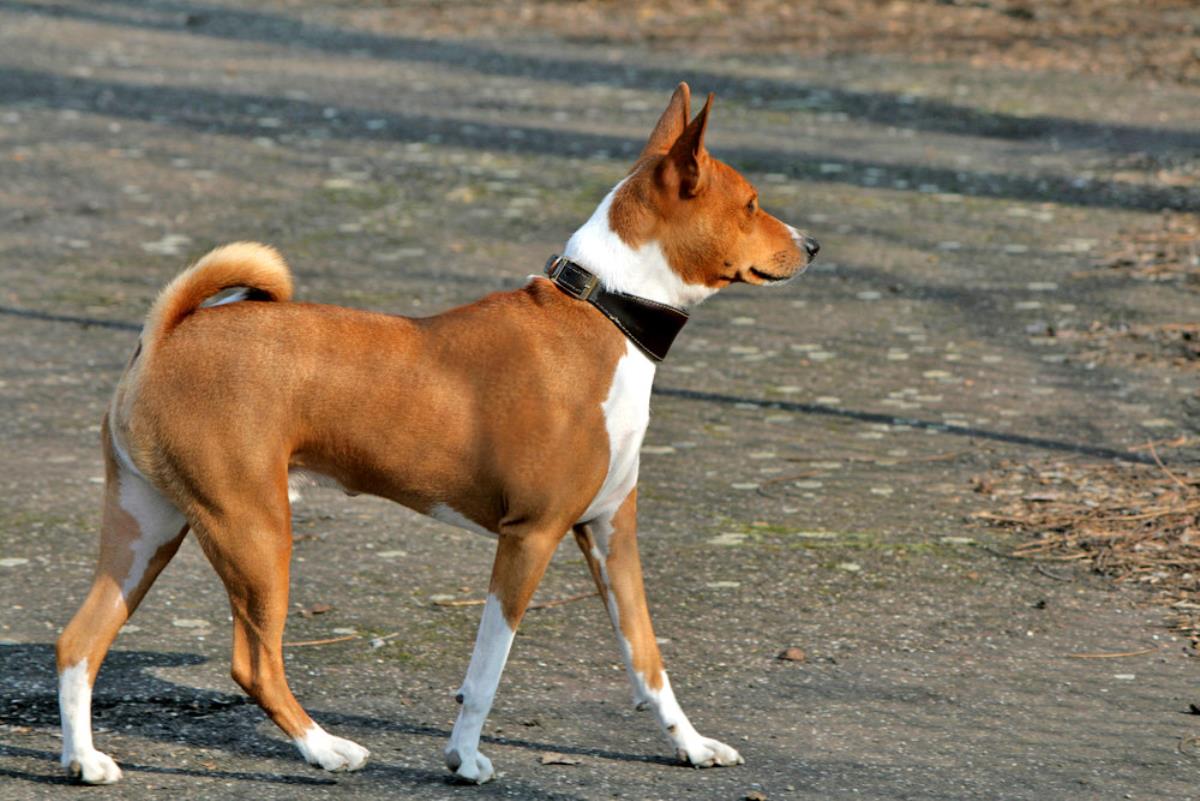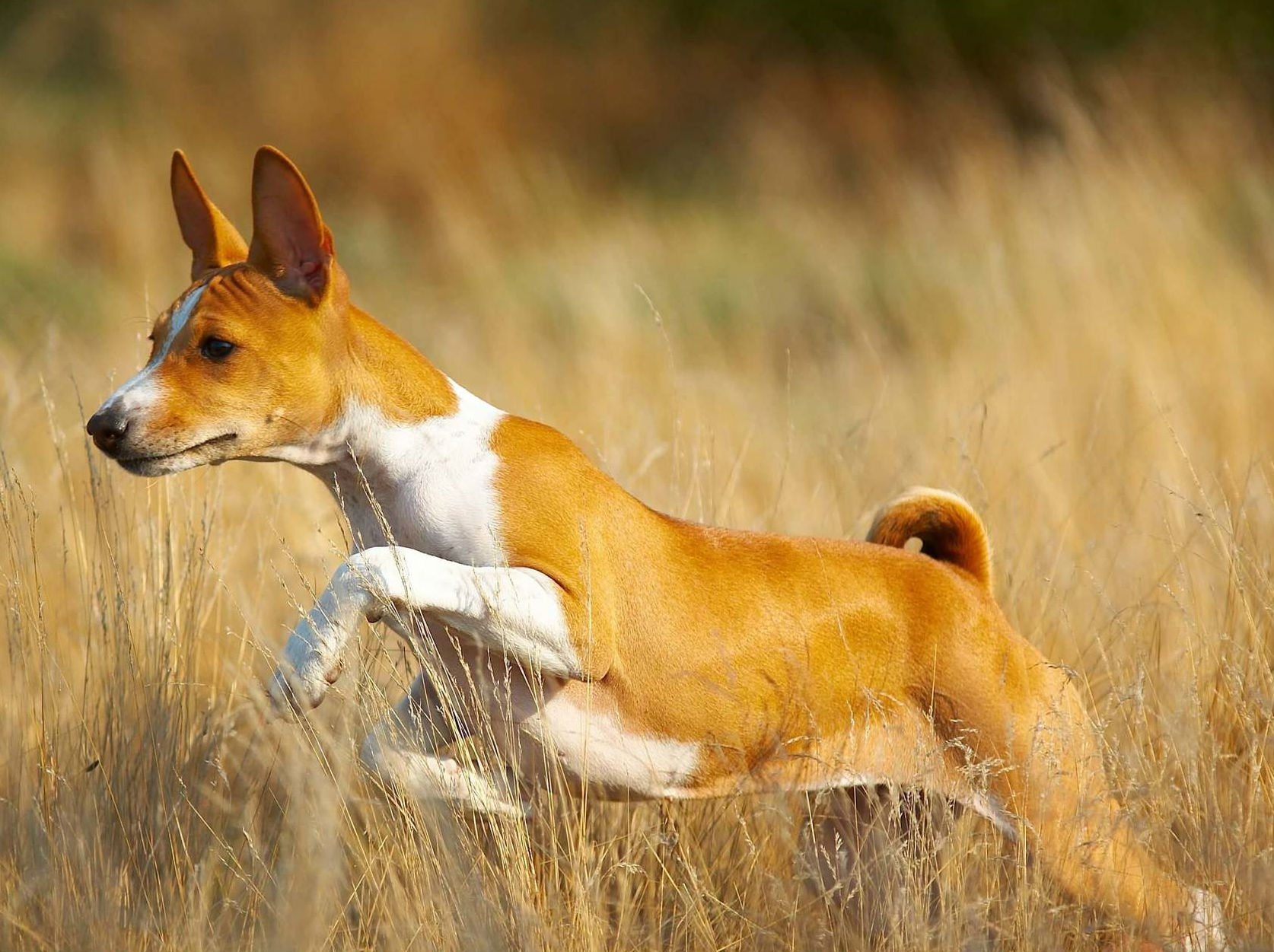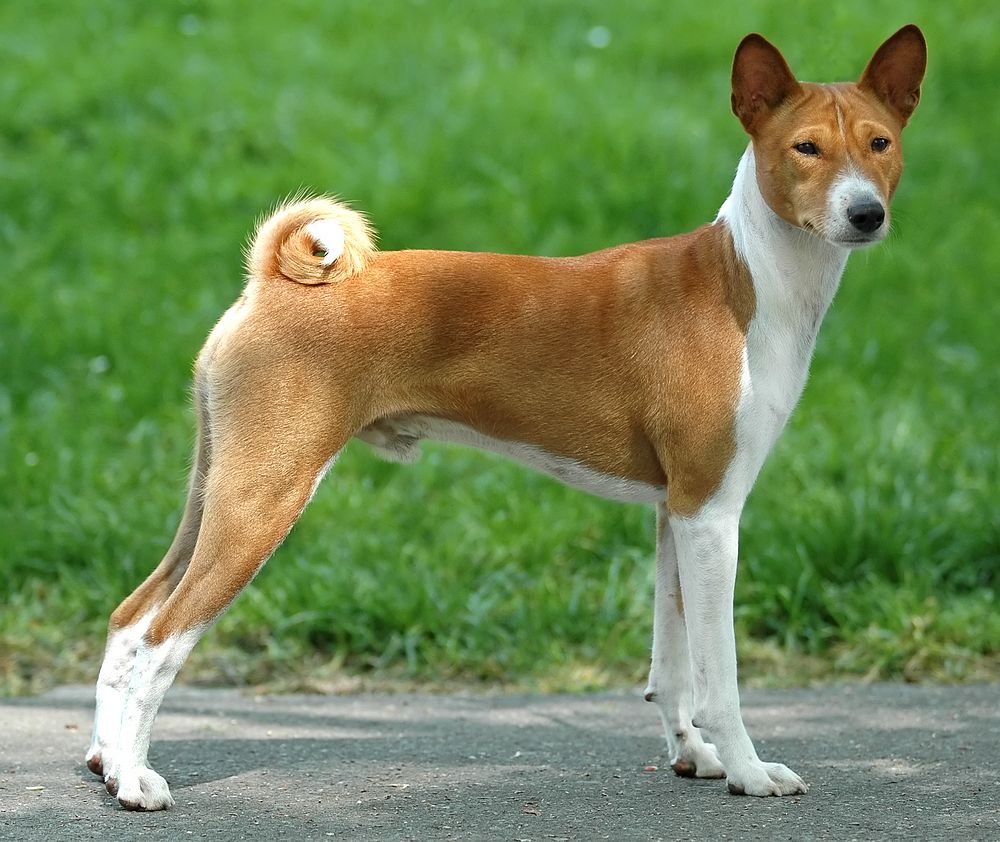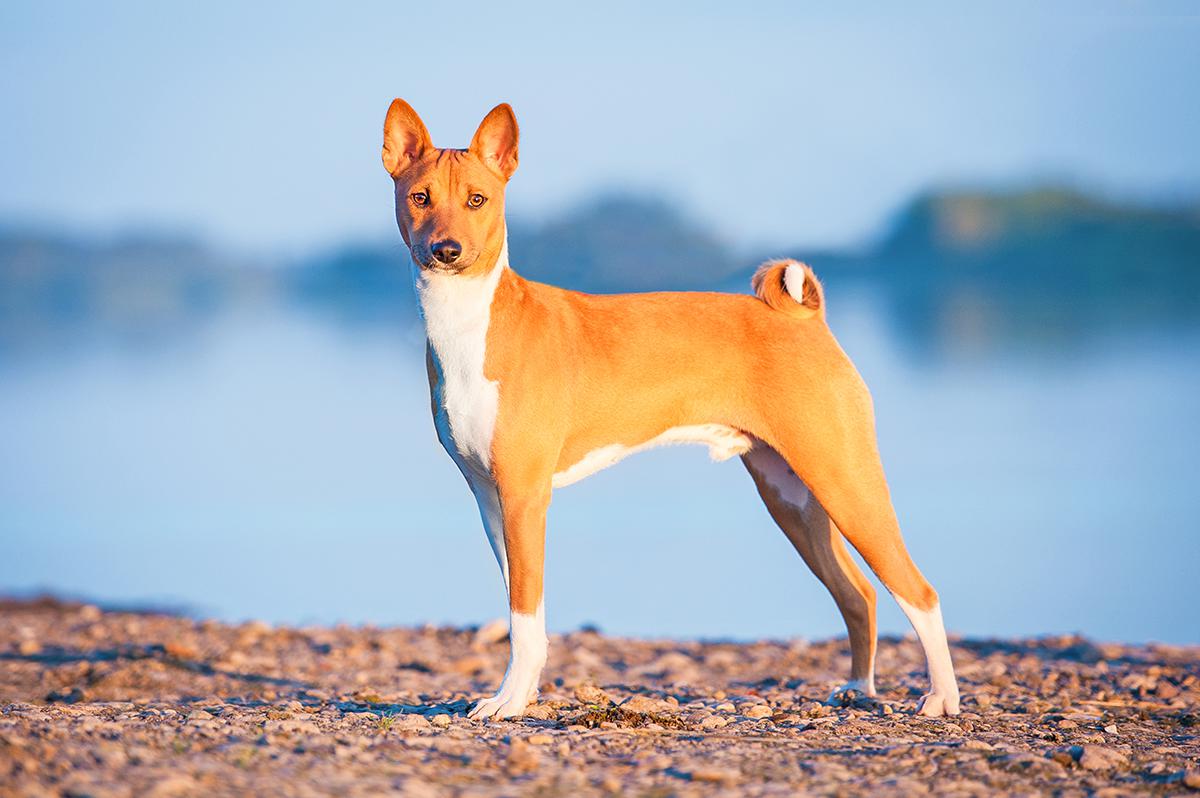
Basenji dog | History, Characteristics, Health & More | Best Guide
The basenji is one of the world’s most ancient breeds. Much mystery and debate are surrounding the breed but it is generally thought that they originate from the Congo where the Pygmies used them as a hunting dog, as they still do today. As well as hunting the fearsome reed rat they are used to drive games such as small antelope into the nets of the hunters.

History
The Pygmies are known to have had contact with the Egyptians throughout various dynasties and Basenjis were probably given to the Egyptians as a tribute. Carvings and paintings of these little dogs have been found in the Great Pyramid of Khufu dating back to 2700 BC but the breed remained undiscovered until around 1870 when they appeared in the writings of explorers to Africa.
The first Basenjis to be exhibited were at Crufts in 1895 but the breed was not successfully exported to Britain until 1936.
Characteristics
A dog of medium size and light build with a short sleek coat.
It is said that a basenji is ¼ dog, ¼ cat, ¼ monkey, and ¼ human. They are curious, alert, smart, proud, loving and independent all at the same time. These are the qualities needed to survive as a hunting dog in the jungle.

They are very smart and quick to learn but will not always choose to do what you ask of them when you want them to. A bored basenji will become a destructive basenji if left to their own devices and they can prove to be a challenge for the most experienced dog owners.
Training and socialization should start as early as possible with much patience and a firm but fair hand. They have a very high prey drive and should only have a free run in totally secure areas as they have no road sense and are real ‘Houdini’s’.
Basenjis do not bark but are far from mute. Instead, they have a range of chortles and yodels including a ‘crow’ and a ‘baron’ which is usually reserved for their nearest and dearest upon returning home. They also have very expressive faces and gestures. They possess many cats like qualities including their grooming habits, ability to climb and jump, love of anywhere warm and dislike of anything wet.
Life with a basenji is never dull!
Health
The breed has an enviable record for the elimination of health problems although the small gene pool of foundation stock has brought several hereditary conditions.
The most common eye problem is a persistent pupillary membrane (PPM) but rarely develops into a debilitating condition. All breeding stock should be tested before mating. A less common but more serious problem is progressive retinal atrophy (PRA) otherwise known as a detached retina.

A linked DNA marker test for Fanconi syndrome was developed in 2006 and much headway is being made to eliminate the number of affected dogs through careful breeding. A definitive test is still being developed. All breeding stock should be tested before mating.
Umbilical hernias can be quite common in those lines more closely related to African stock. They typically appear around 4 weeks of age and can be corrected with simple surgery if required.
Malabsorption can be caused by stress or food allergies. These allergies may or may not be genetic.
Hemolytic anemia (pyruvate kinase deficiency) has all but been eliminated as affected dogs were removed from the gene pool some years ago.
It is interesting to note that a basenji has a more active thyroid than other breeds. It is not a disease or illness, just an idiosyncrasy of the breed.
Bitches typically come into season only once a year, usually in the autumn
